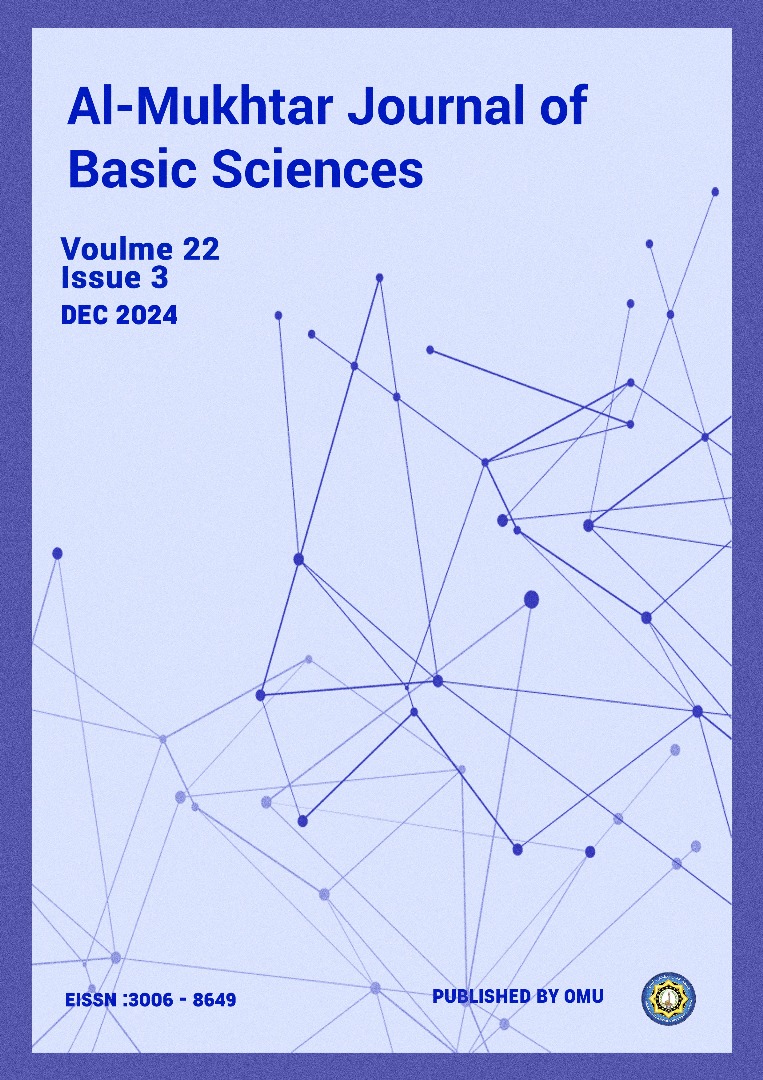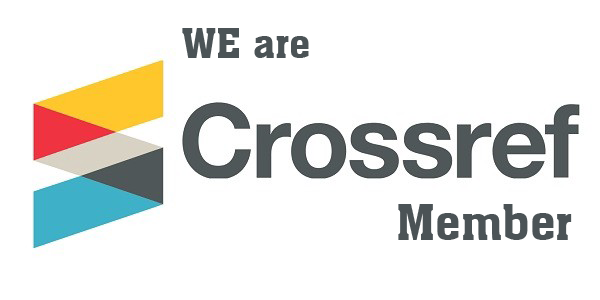A computational study to compare some plastic polymers with potassium bromide using density functional theory and UV-Visible spectroscopy
DOI:
https://doi.org/10.54172/4y131d82Keywords:
Polyamide, Polyethylene and Polycarbonate, Potassium bromide, DFT, UV- VisibleAbstract
This study presents the value of computer simulation in a comparative analysis of some of the most common polymers (polyamide, polyethylene, and polycarbonate) used in the plastics industry. The introduction of density functional theory (DFT) has greatly facilitated the application of computational science to these materials, in addition to the calculation of UV-visible spectra. The objective of this study was to ascertain the potential of these calculations to elucidate and compare polymers when mixed with a potassium bromide promoter. The most favorable result was observed for polyethylene, where the highest internal energy was 3812.125698 Hartree and the lowest polar moment was 8.417560 Debye. This resulted in a reduction of the total charge between the potassium bromide complex and polyethylene. Additionally, the highest UV absorbance was 800.00 nm, thus making it the safest of the remaining polymers. This provides assurance that when used as a carrier for any baked goods where potassium bromide has been used as a strengthening agent, it is the optimal choice.
References
Adams, S. H. (1907). The Great American fraud. PF Collier & Son.
Braun, J. M., Sathyanarayana, S., & Hauser, R. (2013). Phthalate exposure and children's health. Current opinion in pediatrics, 25(2), 247-254.
Carwile, J. L., Ye, X., Zhou, X., Calafat, A. M., & Michels, K. B. (2011). Canned soup consumption and urinary bisphenol A: a randomized crossover trial. JAMA, 306(20), 2218-2220.
ChemIDplus, U. (2014). National Library of Medicine.
Esposito, G., Marmo, G., & Sudarshan, G. (2004). From classical to quantum mechanics: an introduction to the formalism, foundations and applications. Cambridge University Press.
Geyer, R., Jambeck, J. R., & Law, K. L. (2017). Production, use, and fate of all plastics ever made. Science advances, 3(7), e1700782.
González-Sálamo, J., Socas-Rodríguez, B., & Hernández-Borges, J. (2018). Analytical methods for the determination of phthalates in food. Current Opinion in Food Science, 22, 122-136.
Groh, K. J., Geueke, B., & Muncke, J. (2017). Food contact materials and gut health: Implications for toxicity assessment and relevance of high molecular weight migrants. Food and Chemical Toxicology, 109, 1-18.
Kefeni, K. K., Okonkwo, J. O., Olukunle, O. I., & Botha, B. M. (2011). Brominated flame retardants: sources, distribution, exposure pathways, and toxicity. Environmental Reviews, 19(NA), 238-253.
Krakuer, D. (2006). Digital isolation offers compact, low-cost solutions to challenging design problems. Analog Dialogue, 40.
Kubwabo, C., Kosarac, I., Stewart, B., Gauthier, B., Lalonde, K., & Lalonde, P. (2009). Migration of bisphenol A from plastic baby bottles, baby bottle liners and reusable polycarbonate drinking bottles. Food Additives and Contaminants, 26(6), 928-937.
Lexan sheet technical manual, S. (2015). Retrieved 2015-07-18 from https://film-sheet-products.com/
Muncke, J. (2009). Exposure to endocrine disrupting compounds via the food chain: Is packaging a relevant source? Science of the total environment, 407(16), 4549-4559.
Natelson, D., Willett, R., West, K., & Pfeiffer, L. (2000). Fabrication of extremely narrow metal wires. Applied Physics Letters, 77(13), 1991-1993.
Ono, K., & Erhard, A. (2011). Nondestructive Testing, 3. Ultrasonics. Ullmann's Encyclopedia of Industrial Chemistry.
Ragaert, K., Delva, L., & Van Geem, K. (2017). Mechanical and chemical recycling of solid plastic waste. Waste management, 69, 24-58.
Rai-Choudhury, P. (1997). Handbook of microlithography, micromachining, and microfabrication: microlithography (Vol. 39). SPIE press.
Rhim, J.-W., & Ng, P. K. (2007). Natural biopolymer-based nanocomposite films for packaging applications. Critical reviews in food science and nutrition, 47(4), 411-433.
Sepe, M. (2024). Understanding the ‘Science’ of Color. Retrieved 25 April 2024 from https://www.ptonline.com/articles/understanding-the-science-of-color
Serini, V. (2000). Polycarbonates. Ullmann's Encyclopedia of Industrial Chemistry.
Thompson, R. C., Moore, C. J., Vom Saal, F. S., & Swan, S. H. (2009). Plastics, the environment and human health: current consensus and future trends. Philosophical transactions of the royal society B: biological sciences, 364(1526), 2153-2166.
Tsuji, M. (2015). Docking Study with HyperChem, Revision G1. Institute of Molecular Function, Saitama, Japan.
Wagner, M., & Oehlmann, J. (2011). Endocrine disruptors in bottled mineral water: estrogenic activity in the E-Screen. The Journal of steroid biochemistry and molecular biology, 127(1-2), 128-135.
Whiteley, K. S., Heggs, T. G., Koch, H., Mawer, R. L., & Immel, W. (2000). Polyolefins. Ullmann's Encyclopedia of Industrial Chemistry.
Yao, Z., Seong, H. J., & Jang, Y.-S. (2022). Environmental toxicity and decomposition of polyethylene. Ecotoxicology and Environmental Safety, 242, 113933.
Downloads
Published
Issue
Section
License
Copyright (c) 2024 Boubaker.M. Hosouna, Omar Bay , Altayeb Alhoudairy (Author)

This work is licensed under a Creative Commons Attribution-NonCommercial 4.0 International License.
Copyright of the articles Published by Al-Mukhtar Journal of Basic Sciences (MJBS) is retained by the author(s), who grant MJBS a license to publish the article. Authors also grant any third party the right to use the article freely as long as its integrity is maintained and its original authors and cite MJSc as the original publisher. Also, they accept the article remains published by the MJBS website (except in the occasion of a retraction of the article).












